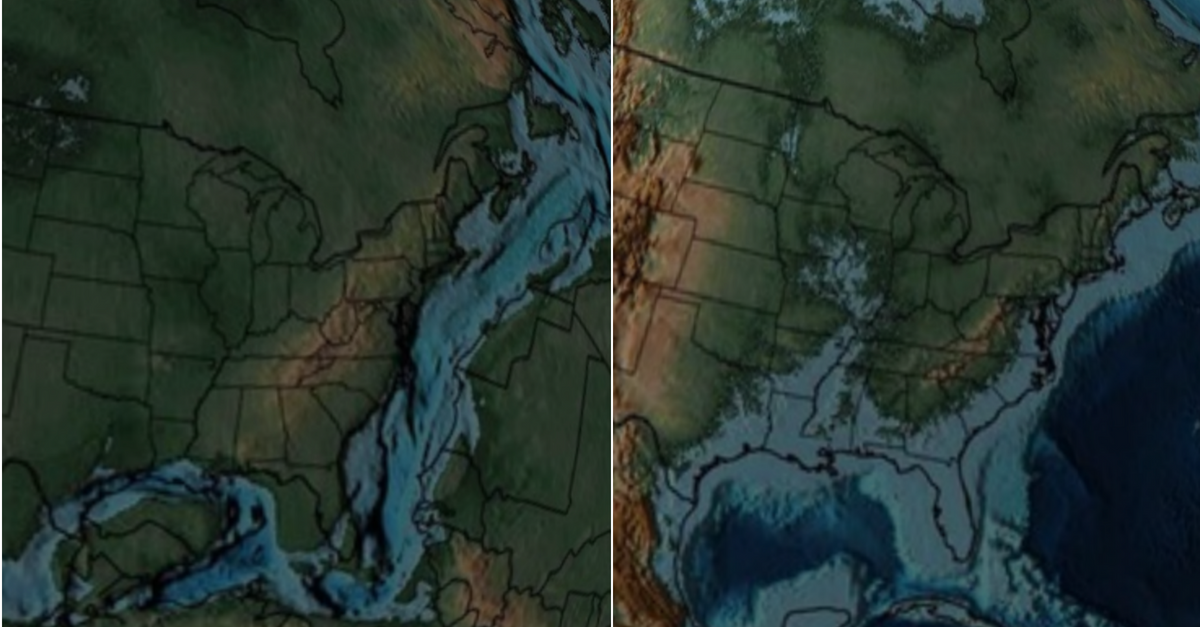It’s hard to remember, but… Earth is weird. Real weird. It shouldn’t be here. We shouldn’t be here. It’s all a freakin’ miracle. Somehow, a (relatively) monstrous planet like Jupiter, with no known actual solid surface and unbelievably violent gas hurricanes that could swallow our planet like it’s a Skittle, are more cosmically common than our goofy little water and plant covered rock that has become the dominion of naked monkeys.
Videos by Rare
Our planet has changed a ton throughout its existence. Considering that, we could discuss the fact that, aside from the very idea of our planet existing being less likely than winning the lottery the same day you win the Super Bowl, civilization arising and thus you and I being alive to read this is a near impossibility, because Earth has had more mass extinctions than it has Olympic Games. But why give ourselves an existential crisis?
Instead, let’s see where our cities used to be when velociraptors were running these streets. You can check out this interactive map of what ancient Earth looked like throughout its prehistory here. Below are some highlights.
Early Triassic Period, 240 Million Years Ago
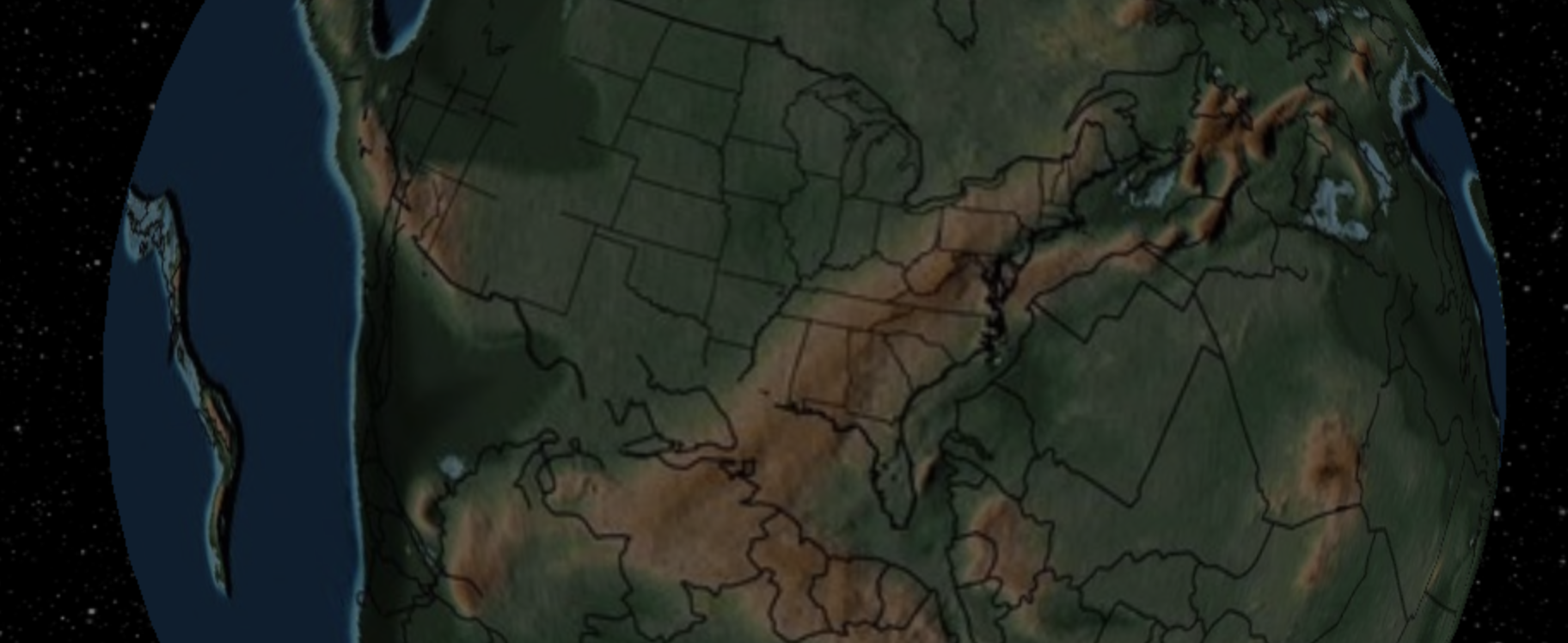
A mass extinction knocked off a whole lot of plants and coral reefs, but small ancestors to the dinosaurs, lizards, and mammals were roaming around on land. All the continents are connected together as the land mass known as Pangea.
Also, Houston was jammed up against South America, Minnesota was a little more tropical than it is these days, and Chicago didn’t have any lakefront property.
Late Triassic Period, 200 Million Years Ago

The first true dinosaurs start walking around the Earth.
Denver is in no way a mile high city, Florida is still swampy, though, and Idaho has beaches.
Jurassic Period, 170 Million Years Ago
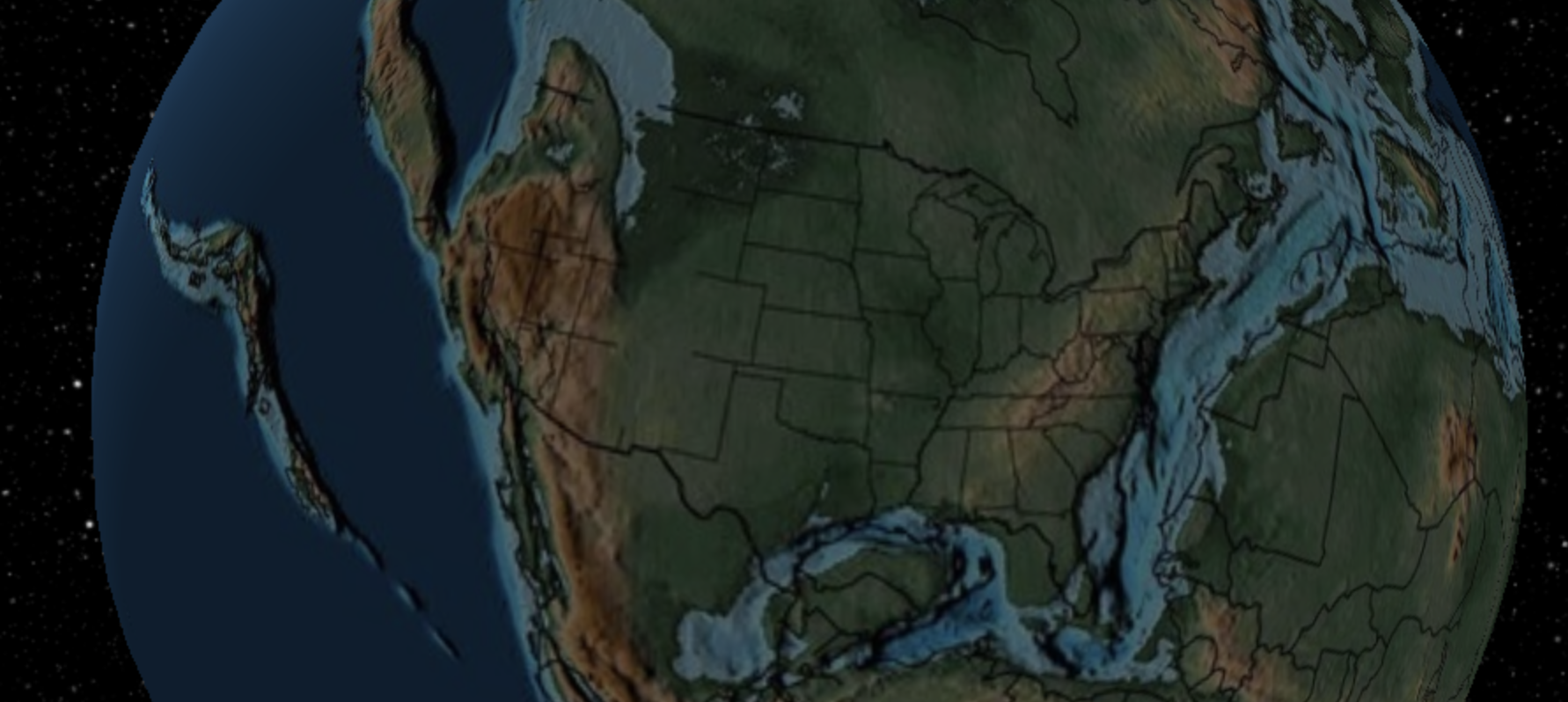
Dinosaurs rule the Earth. Mammals and birds kept evolving. The Pangea land mass is starting to break up.
Meanwhile, Houston and New Orleans are underwater, but what’s new there? The Great Lakes still don’t exist, and Phoenix is already an oven.
Late Jurassic Period, 150 Million Years Ago
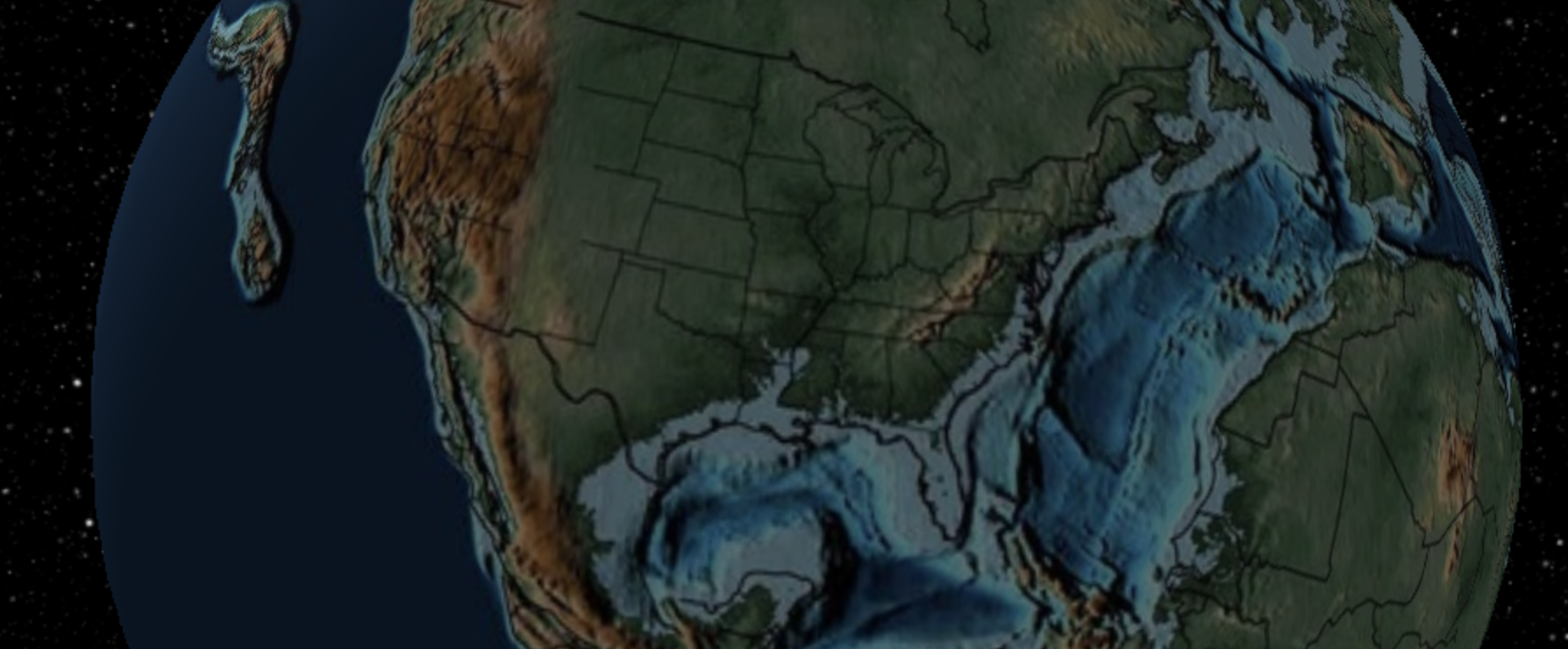
There are two major continents now, as Africa and North America are saying goodbye to each other. Europe and North America are still holding hands, though. Dinosaurs are still the dominant animals on Earth.
All of Florida is underwater, and Arkansas touches the ocean. Kansas is still flat and empty, though. Some things never change.
Early Cretaceous Period, 120 Million Years Ago
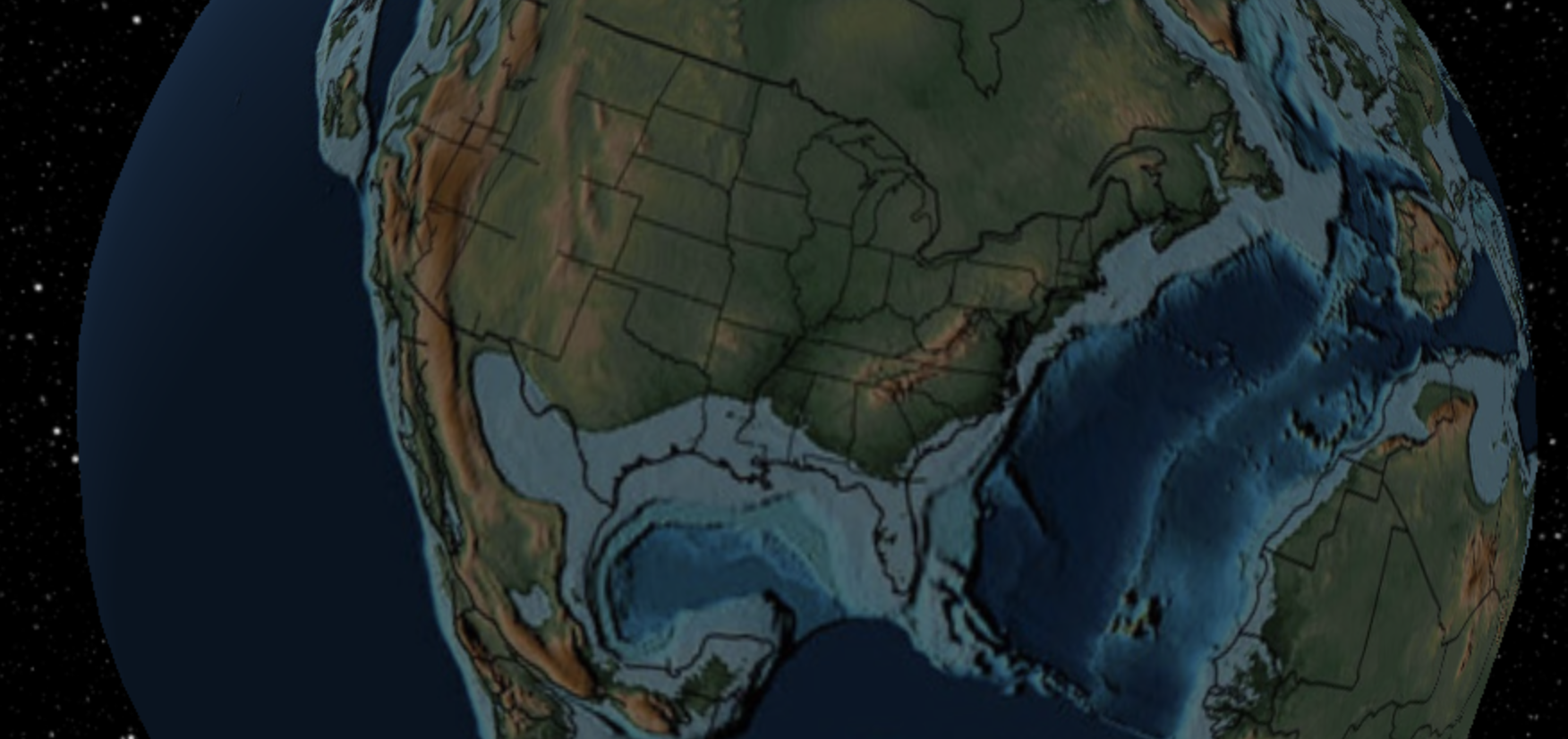
It’s pretty hot. Earth has no polar ice caps. Mammals are still small, and reptiles are huge, but flowers are spreading all over the planet, which sounds nice.
At this point, Austin, TX is beachfront property. Jackson, MS is home to terrifying prehistoric sharks, because it’s underwater. Denver is starting to get a little rocky.
Cretaceous Period, 105 Million Years Ago
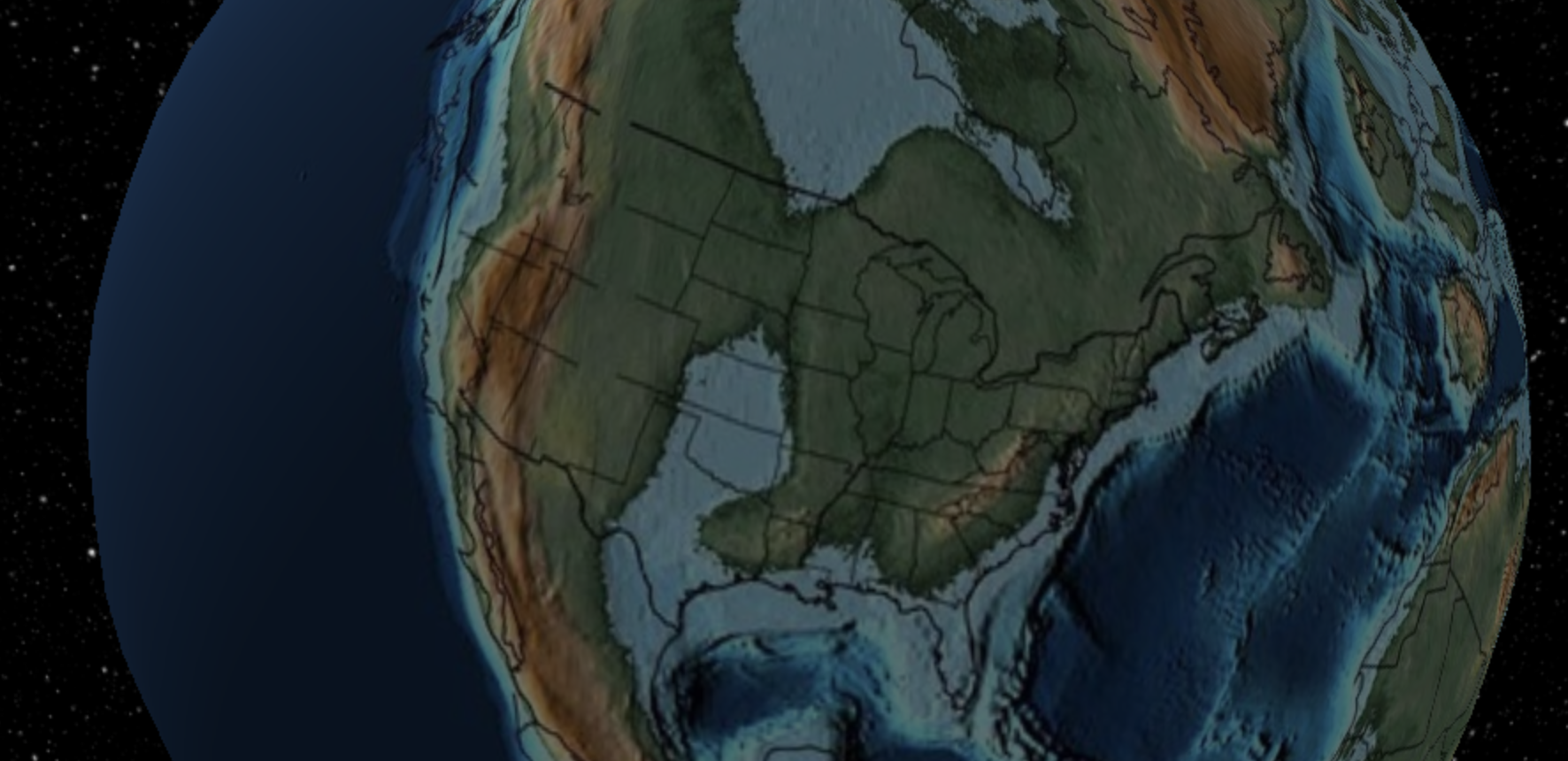
Modern mammal groups begin to emerge, which means your relatives start to look less squirrely than they used to. (Except for Cousin Leroy.)
Also Oklahoma and Kansas are underwater. So is most of Texas, though not Dallas. And Florida is still where God intended it to be: underwater.
Cretaceous Period cont., 90 Million Years Ago
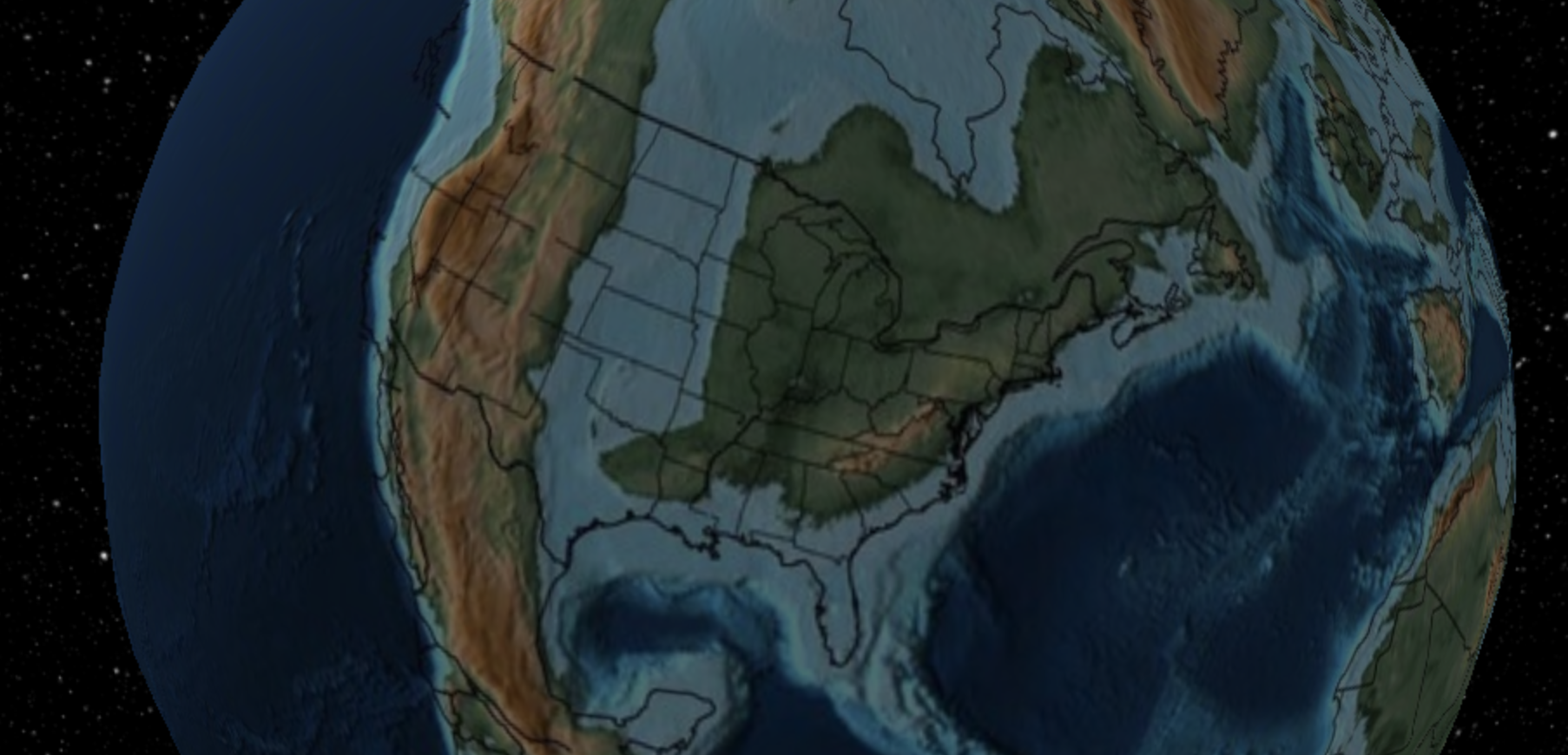
The American heartland is split in half right down the middle by water. The Gulf Shores are a two hour drive from Memphis and Nashville. Kansas City, true to its reputation as the city of fountains, is filled with water.
Early Tertiary, 50 Million Years Ago
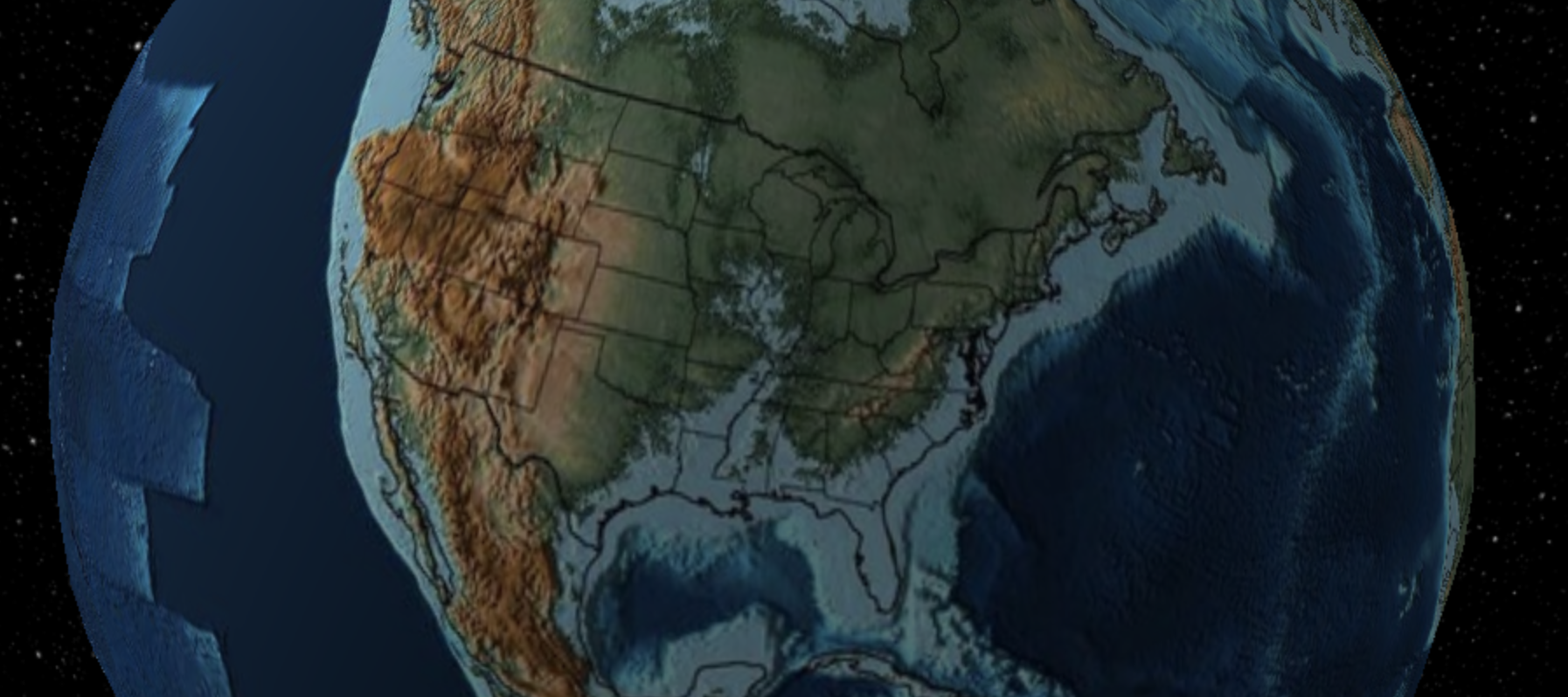
After the asteroid has hit Earth 65 million years ago and killed off the dinosaurs.
St. Louis is a swampland, which is pretty on brand, the Rocky Mountains are peaking, and there’s an island in the middle of Mississippi.

